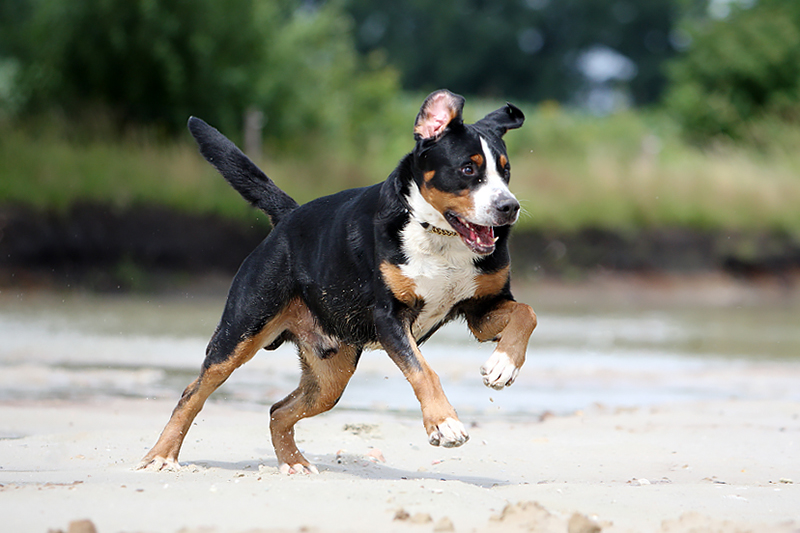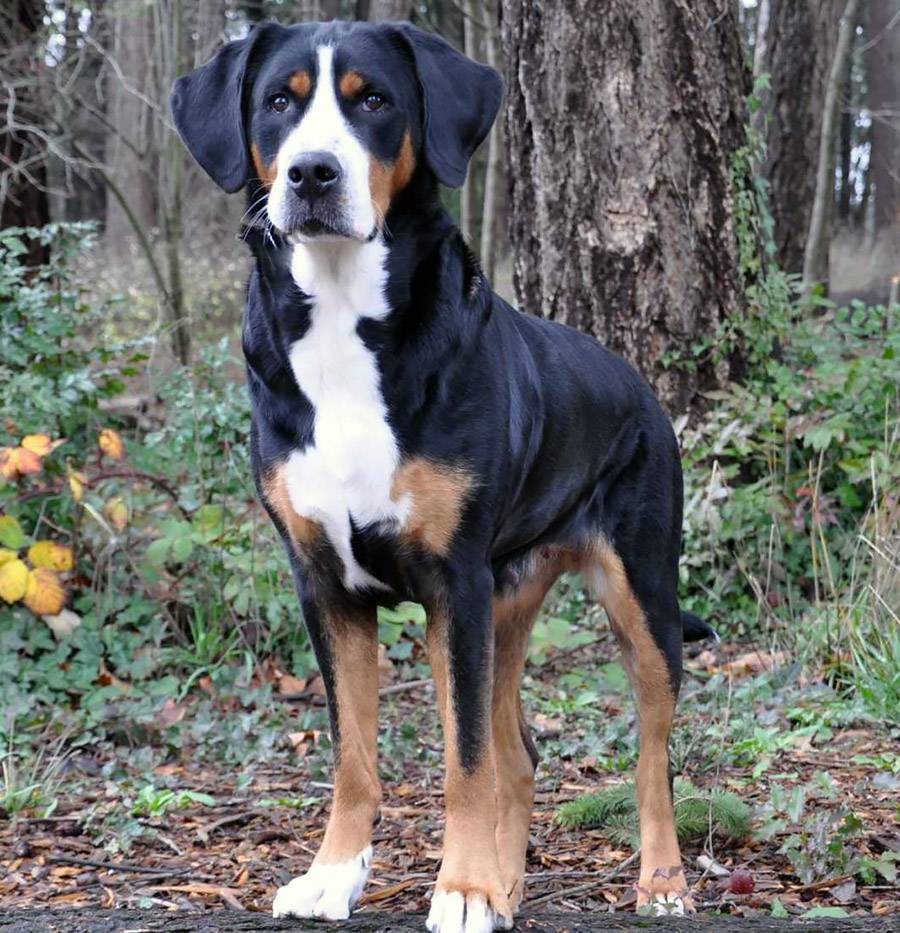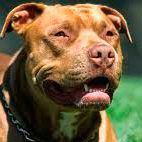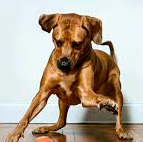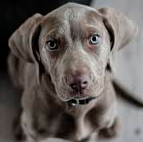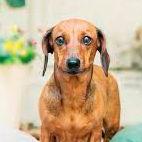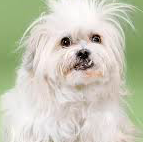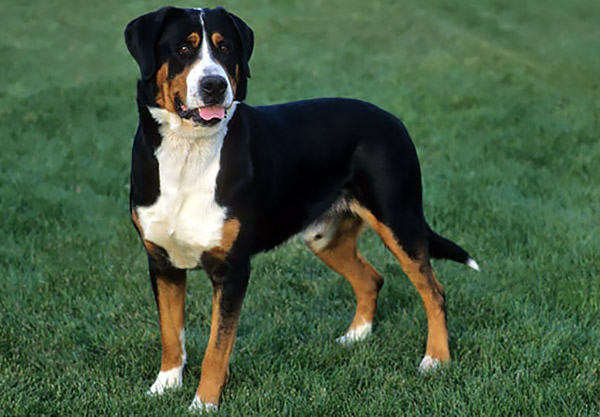
Great Swiss Mountain Dog
Great Swiss Mountain Dog pictures ➜
ORIGIN: Switzerland
UTILIZATION: Originally watch and draught dog; present day also companion, guard and family dog.
BRIEF HISTORICAL SUMMARY: The ancestors of the Great Swiss Mountain Dog are of the previously widely spread across Central Europe and frequently described as butcher’s or slaughterer’s dogs. They were strong, tricolour, sometimes black and tan or yellow dogs, popular with butchers, cattle dealers, manual workers and farmers, who used them as guards, droving or draught dogs and bred them as such.
On the occasion of the jubilee show to mark the 25 years of the founding of the “Schweizerische Kynologische Gesellschaft” (Swiss Kennel Club) SKG, held in 1908, two such dogs, called “short-haired Bernese Mountain Dogs”, were for the first time presented to Professor Albert Heim, for his assesment.
This great promoter of the “Swiss Mountain and Cattle dogs” recognized in them the old, vanishing, large Sennenhund (mountain dog) or butcher’s dog. They were recognised as a definite breed by the SKG and entered as “Grosser Schweizer Sennenhund” in volume 12 (1909) of the SKG Swiss stud book.
In the canton of Berne, further exemplars were found which measured up to Heim’s description and were introduced systematically into pure breeding stock. In January 1912 the club for “Grosse Schweizer Sennenhunde” was founded, which from then on took over the care and promotion of this breed. For a long period the breed remained small as it was particularely difficult to find suitable bitches. Only since 1933 could more than 50 dogs annually be entered into the SHSB (Swiss Stud Book by the SKG).
The Standard was first published by the FCI on February 5th, 1939.
Recognition and wider distribution came along with the breed’s growing reputation as undemanding, dependable carrier or draught dogs in the Swiss army during the second World War, so that by 1945 for the first time over 100 puppies could be registered, which was evidence of the existence of about 350-400 dogs.
Today the breed is bred also in the adjacent countries and is appreciated universally for its calm, even temperament, especially as a family dog.
General appearance: A tricolour, sturdy heavy boned and well muscled dog. In spite of his size and weight, he shows perseverance and mobility.
Important proportions:
Body length to height at withers = 10 : 9
Depth of chest to height at withers = 1 : 2
Length of skull to length of muzzle = 1 : 1
Width of skull to width of muzzle = 2 : 1
BEHAVIOUR – TEMPERAMENT:
Confident, alert, watchful and fearless in everyday situations. Good natured and devoted towards those familiar to him. Self assured with strangers. Medium temperament.
HEAD:
strong in relation to the body, but not heavy. Dogs stronger in head than bitches.
CRANIAL REGION:
flat and broad. The frontal furrow which begins at the stop gradually fades out towards the top.
Stop: shallow.
FACIAL REGION:
Nose: always black. Nasal bridge straight, without furrow
Muzzle: strong, longer than its depth. Must not be pointed seen either from above or in profile
Lips: barely defined, close fitting. Colour black
Teeth: complete, strong and regular scissor bite. The absence of just one (1) premolar (PM1 or PM2) is tolerated. Absence of molars M3 not considered
Eyes: almond shaped, medium size, neither deep set nor protruding. Hazel to chestnut brown, with alert friendly expression. Lids close fitting
Ears: medium size, triangular and set on fairly high. In repose hanging flat and close to cheeks, but raised foreward when attentive. Well covered with hair, both inside and out
NECK:
strong, muscular, rather thick set. No dewlap
BODY:
Back: moderately long, strong and straight
Loins: broad and well muscled
Rump: long and broad. Falling away in a gentle slope
Chest: strong, broad, reaching to the elbows. Chest shaped like a roundish oval (seen in cross section); ribs neither flat nor barrel-shaped. Forechest well developed, noticeably broad
Belly: belly and flanks barely tucked up
Tail: fairly heavy, reaching to the hocks, pendulous in repose. When alert and in movement, carried higher and slightly curved upwards, but never curled or tilted over the back
LIMBS
Forequarters:
General: standing not too broad, straight and parallel seen from the front
Shoulders: long, strong, well laid back, close fitting to the body and well muscled, forming a not too obtuse angle with the upper arm
Forearm: heavy-boned and straight
Pasterns: firm, in vertical position seen from the front; almost vertical position when seen from the side
Hindquarters
General: straight, parallel and not too close when seen from the back. Hocks and feet turn neither in nor out. Dewclaws must be removed
Upper thigh: fairly long. Seen from the side, should form a definite obtuse angle to the lower thigh. Thighs broad, strong and well muscled.
Hocks: strong and well angulated.
Feet: strong, pointing straight ahead, tight, with well arched toes and strong nails.
Movement: free, striding, even movement in all gaits. Far reaching free forward movement with good drive from hindquarters. When trotting, limbs move in a straight line when seen from front or back.
COAT
Texture of coat: Double coat consisting of thick medium length outercoat and dense undercoat. The latter as dark grey or black as possible. Sort outercoat permissible if there is undercoat.
Colour: Main colour black with reddish-brown markings. The reddish-brown colour is situated between the black and the white clean markings. The reddish-brown colour is situated between the black and the white markings on the cheeks, above the eyes, on the inside of the ears, on both sides of the forechest, on all four legs and underneath the tail. The white markings are on the head (blaze) and muzzle, running along unbroken from the throat to the chest, also on feet and tip of tail. Between the blaze and the reddish-brown markings above the eyes, a band of black should remain. A white patch on the neck or a white collar round the neck are tolerated.
SIZE
Height at withers: Dogs: 65 – 72 cm Bitches: 60 – 68 cm.
FAULTS: Any deviation from the above points must be regarded as faults whose assessment should be in direct relation to the degree of deviation.
– Strong deviation from body proportions and size.
– Faults in construction.
– Lack of correct gender characteristics.
– Too fine or too coarse bone.
– Insufficient muscle.
– Too fine or heavy a head.
– Pendant lips (flews).
– Ears set on too high, too low or too far back.
– Pincer bite. Over- or undershot mouth.
– Absence of more than one PM 1 or one PM 2.
– Entropion, ectropion.
– Light eyes.
– Sway back.
– Badly carried tail.
– Bad angulation in front- or hindquarters.
– Splayed toes.
– Visible yellow brownish or light grey undercoat.
– Mismarkings.
– Blaze too wide.
– White marking on muzzle which (clearly) reaches considerably further than the corners of the mouth.
– White pasterns or hocks (=”boots”) reaching further than the pastern joints or hock joints.
– Noticeably asymmetrical markings.
– Colours and markings not clean.
Disqualifying faults:
– Other than tricolour coat.
– Main colour other than black.
– Wall eye.
– Short coat with missing undercoat.
– Serious faults in temperament (excessive aggression or nervousness).
N.B.: Male dogs must have two apparently normal testicles fully descended into the scrotum.


